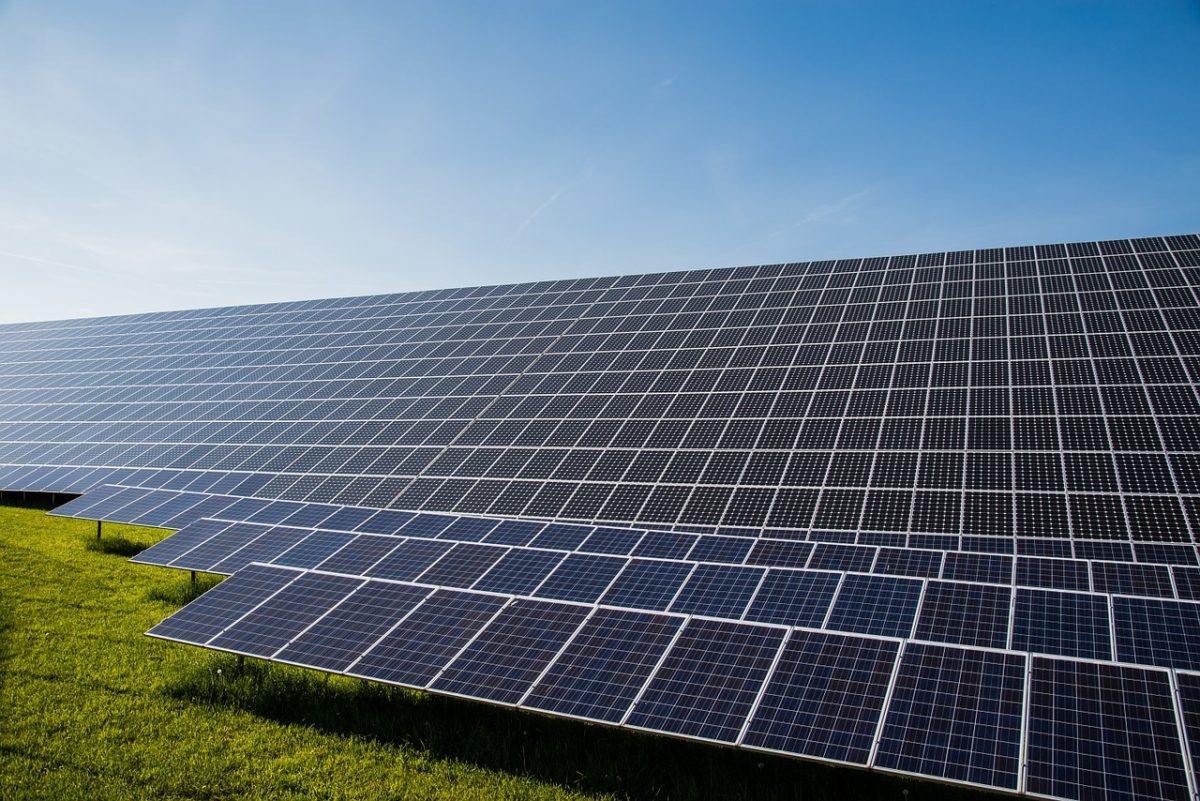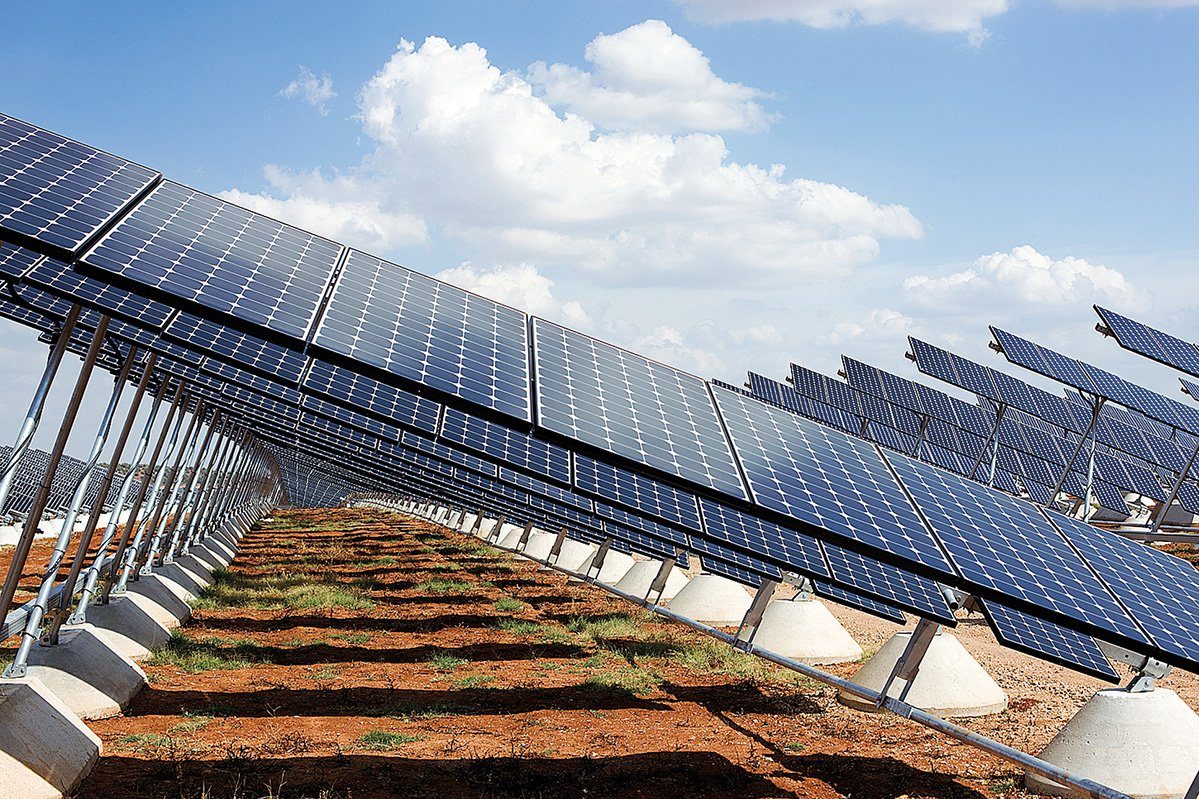The Sun’s Power
The nearest star the Earth has is the sun. Even if it is a million miles away from the Earth, its gravitational force holds it around its orbit. It transmits heat and light, which makes life on Earth possible.
Plants must have daylight to grow while creatures, including people, need food and oxygen from plants. Also, without the sun’s heat, the Earth would be all ice. There will be no breeze, sea currents, or even clouds.
Solar energy is as old as the sun. While human beings have not existed before the sun, people have been utilizing solar power since existence.
Solar power is vital for agriculture, especially in developing yields and raising domesticated animals. About ten thousand years ago, agribusiness had a crucial part in the ascent of civilization. Solar strategies, for example, crop rotation, improved harvest.

Drying food with the help of the wind and sun kept yields from spoiling. As a result, the abundance of food contributed to more organized societies and denser populations.
Early human advancements throughout the planet made structures point toward the south to accumulate light and heat. They use skylights and windows also to allow the circulation of air. These are components of solar design. Other facets incorporate specific shading and picking building materials that can store heat, such as cement and stone.
Another solar development is the greenhouse. By changing solar energy to heat, greenhouses help grow plants in weather not fit for them. After a harvest of food, people can use solar power to cook it. The solar cooker was first invented by the physicist Horace de Saussure. The machine can reach a temperature of 190F to cook fruits.
Presently, there are several types of cookers individuals can use to cook, pasteurize, etc. Since solar cookers do not utilize fossil fuels, they do not cause deforestation or produce pollution.


